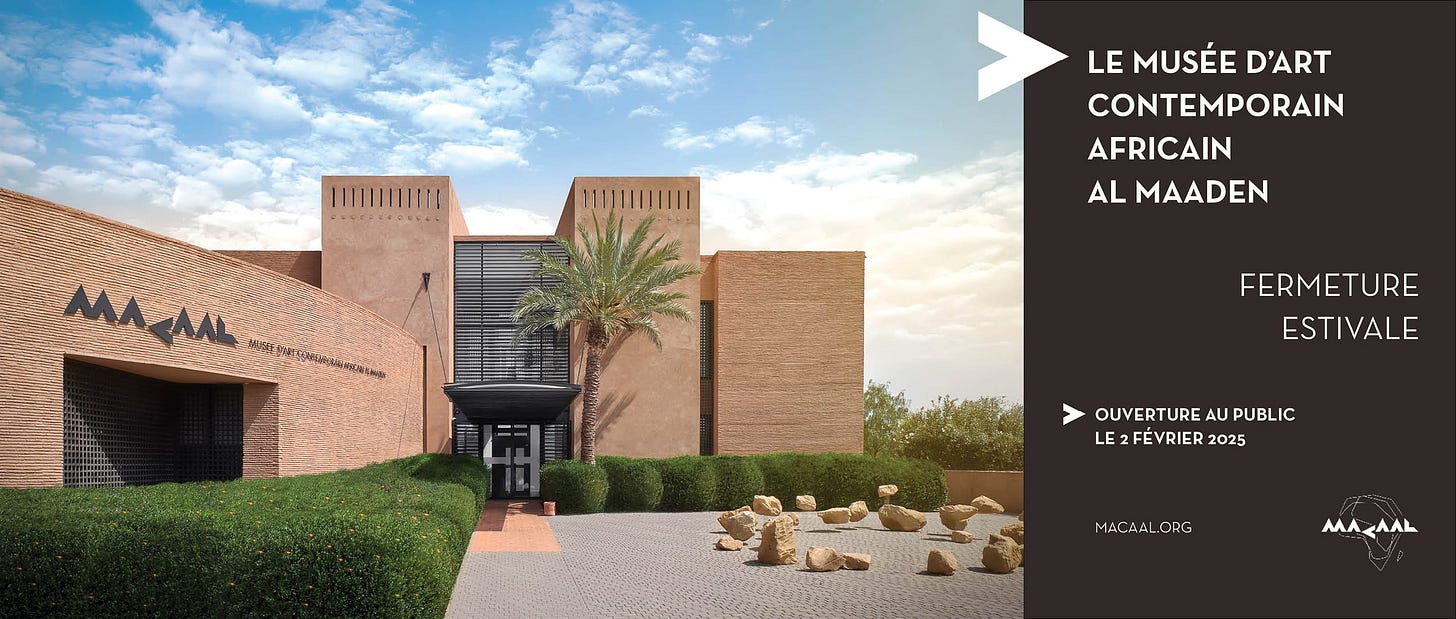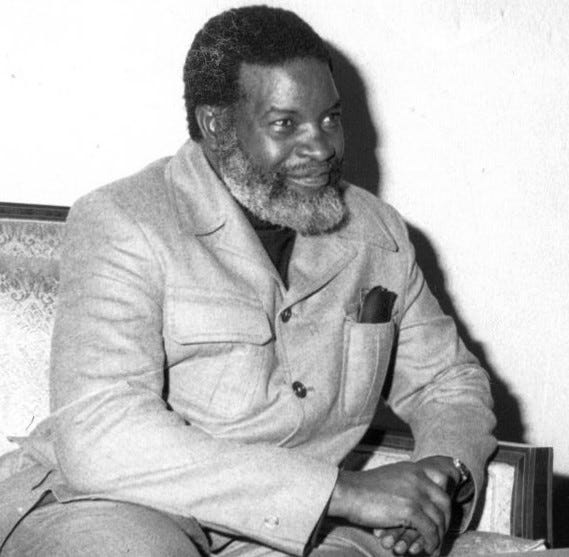
Good Morning from Burkina Faso!
Black Hawk Down: The Somali Side of the Story, 30 Years Later
Think you know the “Black Hawk Down” saga from that Hollywood action flick you caught on TV? Let’s just say you might be missing half the story. A new Netflix documentary has dropped to remind everyone that the infamous 1993 U.S. military disaster in Mogadishu wasn’t just about the 18 Americans who lost their lives, but also the hundreds of Somalis whose stories never made it to the big screen.
The Day the Choppers Fell
It was on a lazy Sunday in Mogadishu, in 1993, when the sea breeze was doing its thing, and families were sipping tea. Then—boom—deafening blasts. U.S. forces, aiming to capture warlord Mohamed Farah Aideed’s crew, deploy two Black Hawk helicopters. Both get shot down in quick succession, turning a supposed 90-minute raid into a 17-hour street battle.
Meet Binti Ali, who heard the explosions, dashed home, and ended up losing her husband, two sons, and a brother when a shell hit her house. She survived, though badly injured—her four-year-old daughter was left blind. Three decades on, Binti’s family is still dealing with trauma.
In the swirl of bullets, Ahmed Mohamed Hassan (a.k.a. Ahmed Five) recorded raw footage that ended up as the world’s first look at the chaos. Talk about being in the right (and extremely dangerous) place at the right time. His camera also captured the stunned U.S. pilot, Michael Durant, who’d been downed and taken captive.
Which Brings us to Netflix
Now, nearly 30 years later, a documentary weaves these harrowing first-person accounts right alongside the American narrative. For the first time, we see the event through Somali eyes—spelling out the heartbreak, the destruction, and the still-lingering sense of injustice.
So if “Black Hawk Down” was the only version you knew, brace yourself for an entirely different perspective. For many in Somalia, the 3 October battle was their story first
Marrakech Brings African Art to the Fore
After an 18-month, million-dollar renovation, the Museum of African Contemporary Art Al Maaden (Macaal) in Marrakech is reintroducing itself with a sweeping new display titled “Seven Contours, One Collection.” It celebrates the institution’s extensive holdings of modern and contemporary African art — one of the most significant privately assembled treasures on the continent.
The museum’s roots trace back half a century to collector Alami Lazraq, whose son, Othman, now steers Macaal.
The result is a 2,000-piece collection that runs the gamut: from the bright, 1920s Congolese ink drawings of Albert Lubaki, to anti-colonial, symbol-filled paintings by Malangatana Valente Ngwenya of Mozambique, to expressive Moroccan modernists like Mohamed Melehi and Farid Belkahia. Alongside these more established names, newly acquired works by artists such as Amina Agueznay and Hassan Hajjaj inject the gallery with a sense of present-day energy and bold experimentation.
The refreshed museum space, designed by architect Salima Naji, nods to both African heritage and contemporary design, framed by lush gardens and the distant Atlas Mountains.
Crucially, Macaal is striving to be accessible, recognizing that it sits on the outskirts of Marrakech, located in a gated golf resort. Free bus programs, guided tours, and convivial weekly couscous gatherings invite local communities into a space that might otherwise feel remote or exclusive. This approach is in keeping with the museum’s mission: to celebrate African art within a framework of openness and inclusivity
.
Namibia Mourns Its Founding Father
Namibia’s first-ever president, Sam Nujoma, has died at the age of 95, leaving behind a legacy of fiery speeches, anti-colonial grit, and an enduring reputation as the “father” of his nation.
From Cattle Keeper to Liberation Icon
Born into a rural family, Nujoma spent his early life herding cattle and figuring out that nothing – not drought, not harsh desert winds – could break his resolve.
He ended up using that trademark determination to lead the South West Africa People’s Organization (SWAPO) from exile, masterminding an independence struggle against apartheid South Africa.
While in exile for nearly three decades, Nujoma knocked on every global door for support, from Cuba and Russia to China.
And in 1990, he finally brought Namibia into the league of sovereign African states, winning the newly free nation’s first presidency.
Charismatic Father Figure… With a Fiery Side
Nujoma presided for 15 years, focusing on reconciliation between ethnic groups who’d been set against each other under apartheid.
Internationally, he could be blunt: scolding the West, cozying up to “Cold War” allies, yet foreign leaders—from Bill Clinton, who dubbed Nujoma “the George Washington of Namibia,” to regional allies—praised his ability to steer a newly formed state through uncharted waters.
Complicated Legacy
He championed women’s leadership (Namibia now has a female president-elect), but also made headlines for fiercely condemning homosexuality.
Critics say he could be heavy-handed with dissent during SWAPO’s liberation days, but today, even opponents laud him for forging a stable democracy in an often-tumultuous region.
Current president Nangolo Mbumba announced Nujoma’s passing and hailed him as “the most gallant son of our land,” capturing the collective grief of a nation he helped birth. Despite the controversies, many Namibians remember him as a larger-than-life freedom fighter who swapped herding cattle for herding a new country into existence.
Food for Thought
“What happens in the family is not for outsiders.”
— Togo Proverb






